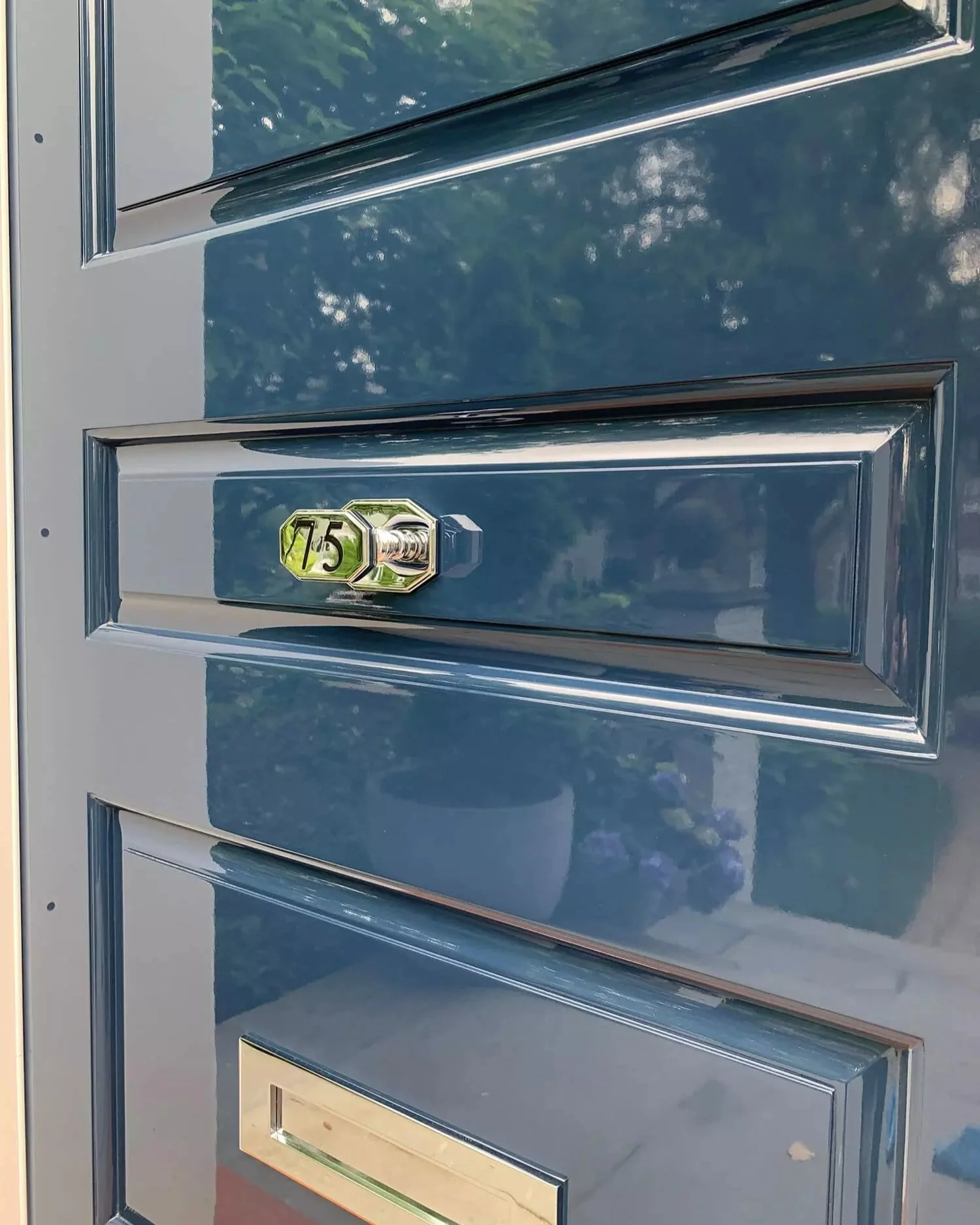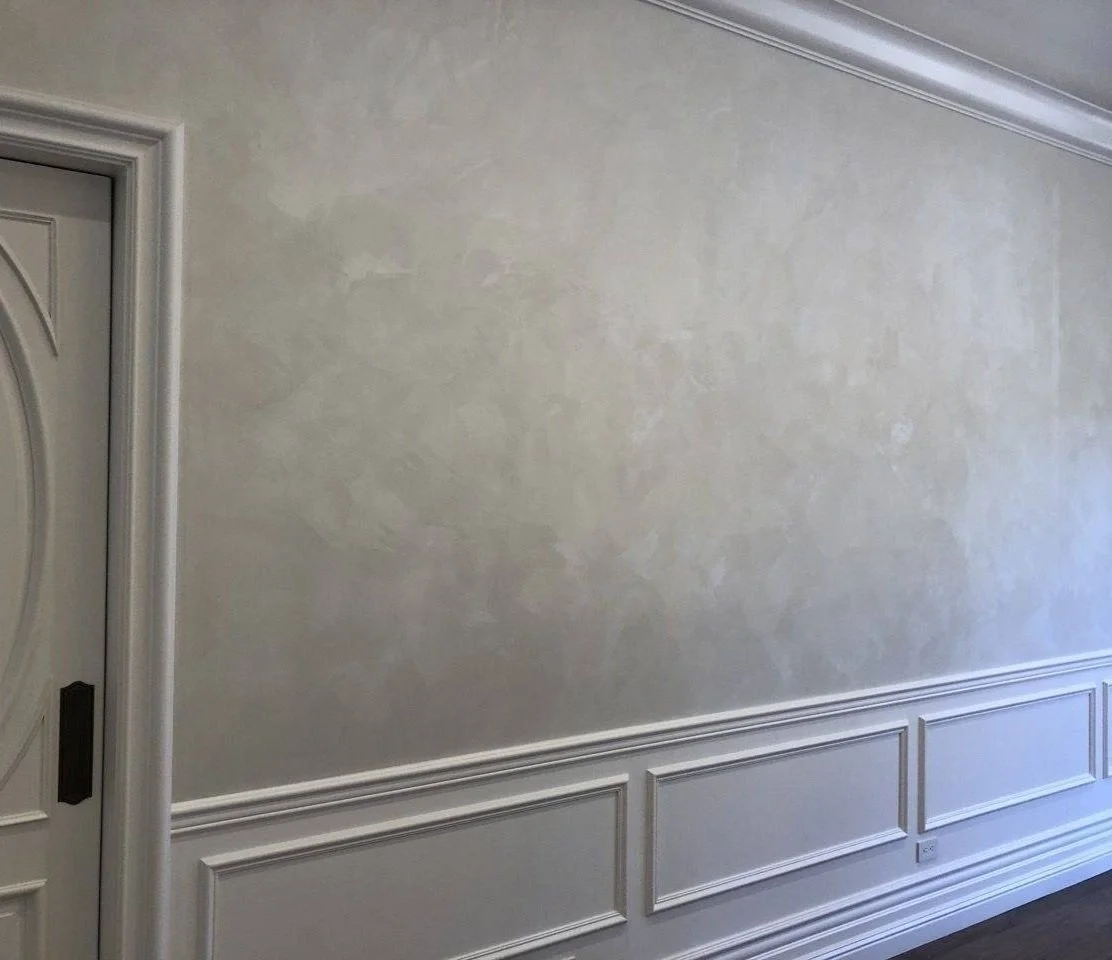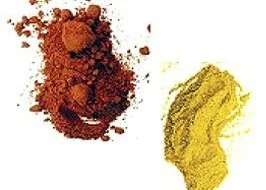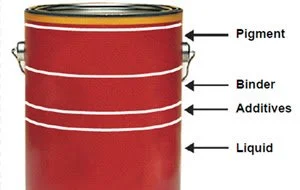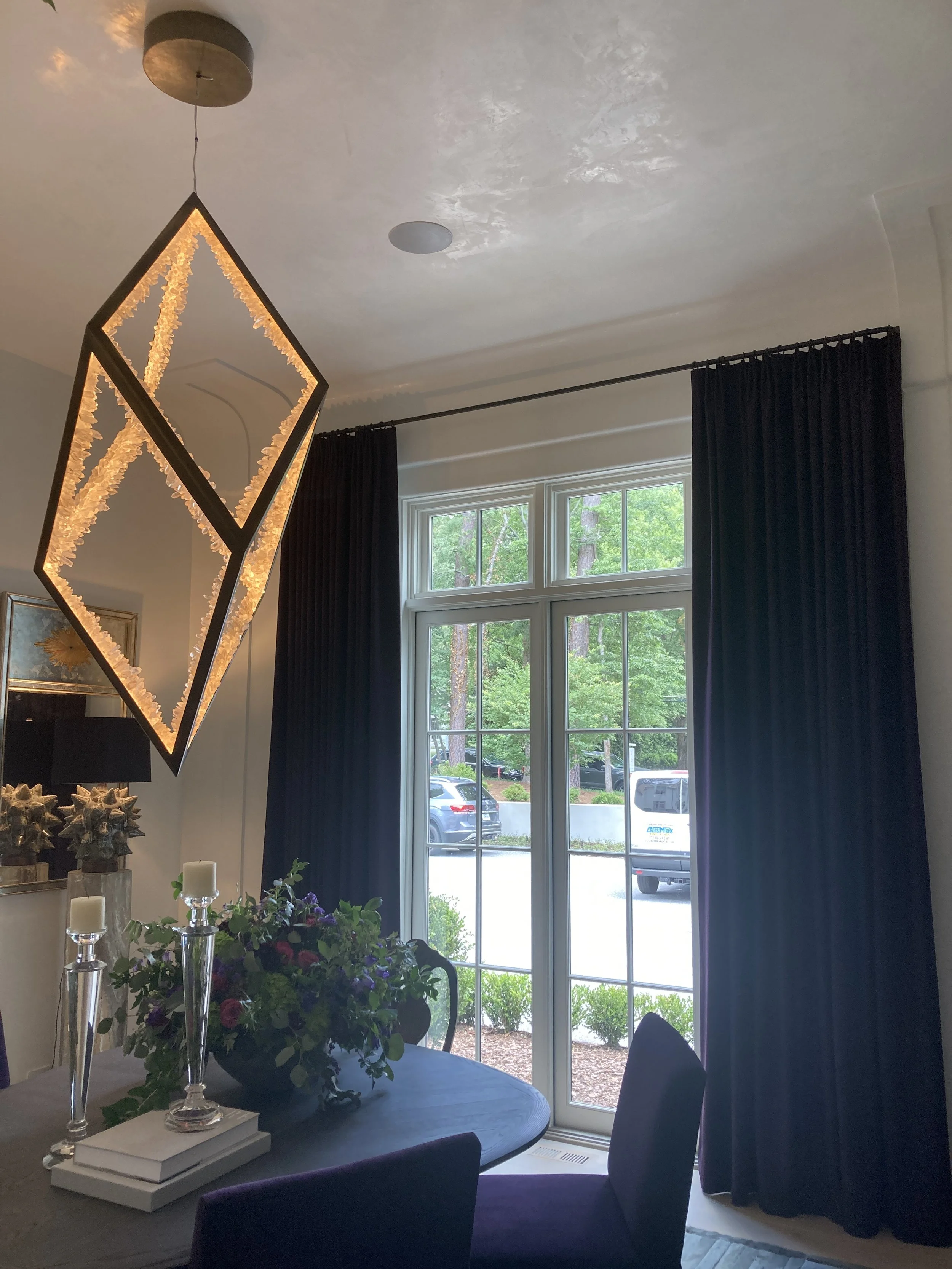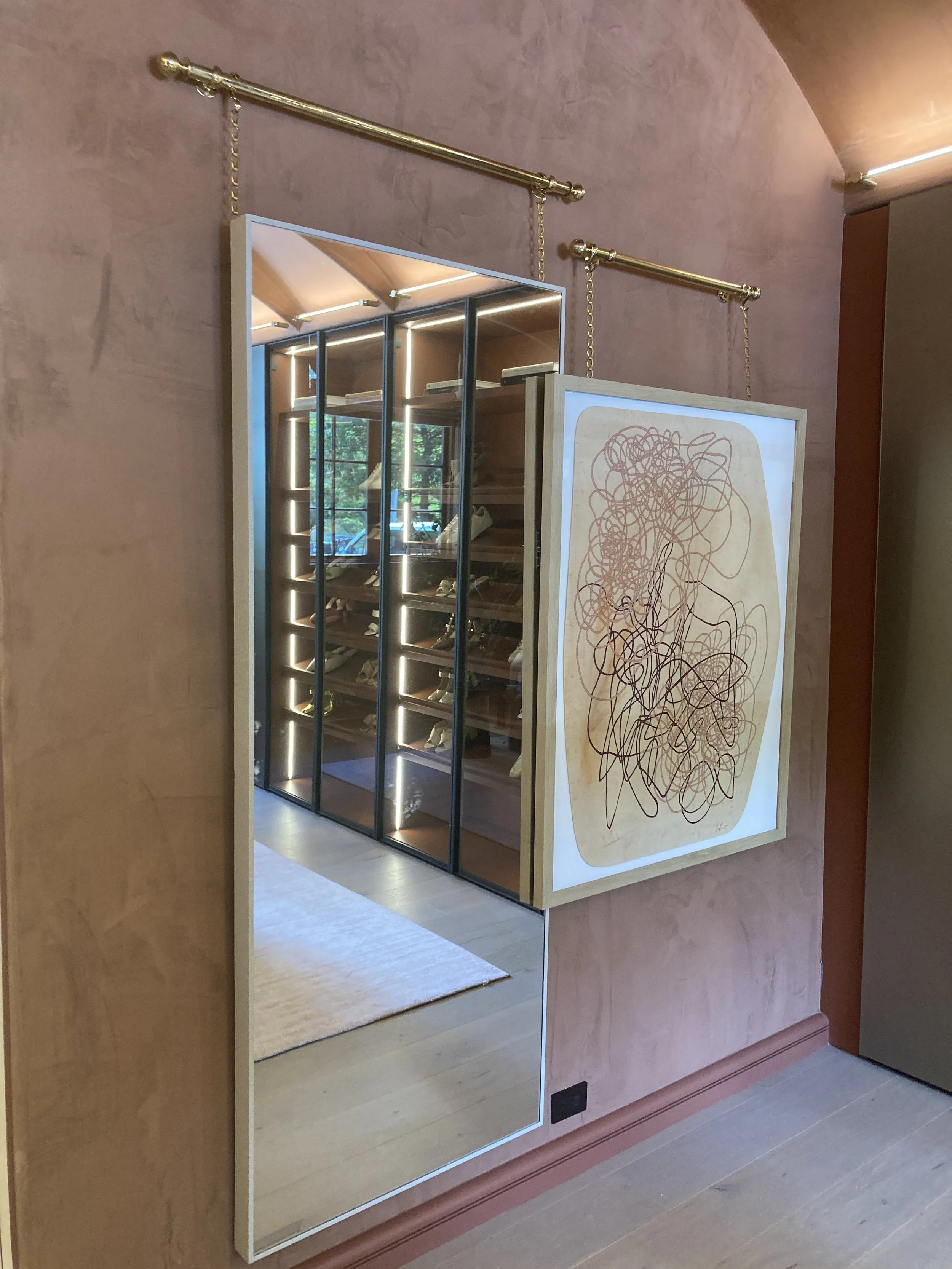paints and finishes
Oh my loves this is one of my favorite topics! Maybe it's because I was a makeup artist for so many years. Maybe it's because I was poor as an enlisted active duty wife! Maybe I am just wild about color, but Paint is the SINGLE MOST INEXPENSIVE AND IMPACT CREATING THING YOU CAN DO TO YOUR HOME!
Depending on what direction your house faces the sun, the lighting in each room, floor color and style, and to everyone's surprise- the RUG that will be in the room are all considered when we select paint color. It's a lot more involved than just liking the color at the paint store.
Here is a link to some of the most timeless paint colors. Many of which we have used many times because they work beautifully.
Timeless paint colors: https://www.southernliving.com/home/colors/timeless-paint-colors
There are the good trusty paint companies everyone is familiar with: Sherwin Williams, Benjamin Moore, BEHR, Farrow & Ball, Dunn- Edwards, etc. We personally like the Benjamin Moore paint brand. Funny- we love Farrow and Ball paint, but it's a higher quality in the UK than it is here in the USA, and we always have their colors matched to BM paint. We especially love the “Scuff X” paint from BM for families because it washes! 99% of our clients have kids, dogs, grandkids, entertain friends, etc.
We also love working with Meoded Paint as they do the most exceptional finishes in the USA. There are only two paint companies in the CSRA who are certified to do their finishes. My personal favorite is venetian plaster- it cleans sooooo terrific for kids and the Pearlas velvet because it looks like suede walls! It's cozy and gorgeous! There are a million finishes but those are our go-to's for our client base here in the south it seems. We also love Fine Paints of Europe. It's a rare and exciting day we have a client that wants the marine grade glossy finish that they are famous for! Some homes and some clients want it all and it makes sense for them, but most people are happy with an accent wall or one finish to really showcase the specialness of the paint.
Fine Paints of Europe Marine-Grade Gloss
Venetian Plaster
As much as I'd love to explain the nitty gritty of how paint is made, Dunn-Edwards has the most perfect explanation that we copied for ya' here:
“All paints generally have four main ingredients -- pigments, binders, solvents (liquids) and additives. Pigments provide color and hide, while binders work to "bind" the pigment together and create the paint film. Solvents are the liquids that suspend the ingredients and allow you to place the paint on the surfaces, and additives are ingredients that provide specific paint properties such as mildew resistance. All four ingredients combine to provide paint that meets your specific needs.”
Pigments - Provide Color, Hide and Bulk
Pigments are finely ground particles that are dispensed into paint and provide color and hiding properties. There are two primary types of pigment - prime pigments and extender pigments.
Prime pigments are those that contribute to both wet and dry hide in paint. Titanium dioxide (TiO2 ) is the most costly pigment and it contributes directly to a paint's wet hide, while providing whiteness Colorants are prime pigments that provide the actual color within the can. There are two main types - organic and inorganic.
Organic colorants provide the brighter colors, and examples of these pigments include hansa yellow and phthalo blue. These are not very durable for exterior paint application.
Inorganic colorants are the duller, earthy colors and are more durable for exterior paint application. Examples of these kinds of pigments include red oxide, yellow ochre and umber.
Extender pigments are lower cost pigments that give extra weight or bulk to the paint. These types of pigments contribute only to a paints dry hide, but are necessary in order to control gloss. Some extender pigments also provide additional film performance in the areas of scrub or abrasion resistance. Commonly used extenders include clay, silica, diatomaceous silica, calcium carbonate, talc and zinc oxide.
Clay: Used mainly in interior paints, clay provides hiding power.
Silica: Provides enhanced durability in exterior paints as well as scrub and abrasion resistance.
Diatomaceous silica: Consisting of fossilized organisms, this form of silica is used to control sheen levels.
Calcium Carbonate: Used in both interior and exterior paints, calcium carbonate, also called chalk, is a general purpose, low cost, low hide pigment.
Talc: Also called magnesium silicate, talc is a soft, general purpose extender pigment.
Zinc oxide: Used primarily in primers and exterior paints, zinc oxide provides mildew resistance, corrosion inhibition and stain blocking support.
Binders - Provide Performance and Support for Dry Paint Film
Binders are ingredients that provide a binding effect that holds the pigments together to create a dry film on the surface. A paints binder is the key ingredient that directly relates to a paints performance, including adhesion,, washability, scrub resistance, fade resistance or gloss retention.
Alkyd (oil) based binders are made from various oil derivatives such as linseed oil, tung oil, and soya oil. Traditional alkyd paints dry to a very hard finish and provide superior adhesion and flow and leveling; however, they will yellow in light colors and are prone to oxidation and chalking when used on exterior surfaces. As technology and VOC restrictions have changed over the years, fewer paints today are made with traditional alkyd binders. A newer technology based on modified oil binders is available; alkyd emulsion.. This type of hybrid binder gives you oil-like performance with the ease of soap and water clean-up. Alkyd-emulsion paints dry harder, flow more smoothly than typical latex paints; however, they may still yellow in lighter colors. If used on exterior surfaces subjected to UV exposure, alkyd-emulsion paints may eventually oxidize, and chalk over time.
Latex Paint and Ingredients:
Latex binders are used in water-based paints. There are various types of latex binders available, such as 100% acrylic, styrene acrylic or vinyl acrylic, each providing specific performance characteristics.
Acrylic Paint and Ingredients:
100% Acrylic binders: often used in exterior paints as the benefits include adhesion (both wet and dry), fade resistance, alkali and efflorescence resistance. 100% acrylic binders are typically regarded as the best overall performing.
Adhesion under wet conditions allow for greater performance in blister, cracking and peeling resistance.
UV fade resistance allows the painted surface to retain its color and sheen longer.
Alkali resistance means the paint is less likely to “burn" over fresh concrete or masonry.
Vinyl acrylic, also called PVA, binders: often used in interior paints as the benefits include scrub resistance and washability.
Styrenated acrylic binders: often used in masonry primer/sealers and top coats due to its resistance to alkali burn and efflorescence,
Solvents (liquids) --- Provides a vehicle for the pigment and binder to get from the can onto the surface
Solvents, or liquids, are the vehicle for allowing paint to get from the can to the surfaces and these types of liquids differ depending on the type of paint. Combining the pigments and binders, considered solids, with the liquids, creates the paint coating you see in the paint can.
Oil-based and alkyd paints: the liquid is typically paint thinner or other type of solvent.
Latex paints: the liquid is primarily water.
Higher-quality paints allow for more solids, typically 35-40%, depending on gloss level. Solids by volume indicate how much paint will remain on the surface after the liquids have evaporated. The overall paint performance is directly attributable to the make-up of the solids. Just because a paint has high solids by volume does not always translate to a high quality product..
Additives - Provides additional property enhancements
Additives are used in paints to create additional performance properties and the most commonly used are:
Thickening agents: provides “viscosity" or additional thickness so the paint can be applied properly; also allows for better “flow and leveling" and resists a splatter effect when rolling out the paint
Surfactants or soaps: provides paint stability so the paint won't separate; also keeps the pigments dispersed in the liquid to allow for better hiding power and additional assurance for color accuracy
Biocides: in latex paints, there are two types of biocides used – a preservative to keep bacteria from growing; and a mildewcide to discourage mildew growth
Defoamers: provides a way to break bubbles as they are formed during the paint manufacturing process, when paint is shaken at the tint center and when paint is applied onto a surface
Co-solvents: provides additional liquids to the water and can assist the binders in forming a good film when applied in cold temperatures and assists brushing properties so paint has time to be applied before drying
All four ingredients are key to creating the foundation for a top-quality paint. Happy painting!
All images by Dunn-Edwards Paints® and courtesy Rohm & Haas
This one was a long one and had a lot of information so thanks for reading till the end! Sometimes a post is fun and sometimes it needs to be educational, and this one was definitely on the educational side! But that's part of the makeup of the magic we bring to our clients. Knowing what we are doing and why!
Thanks for coming along with us!
XOXOX- Brit

